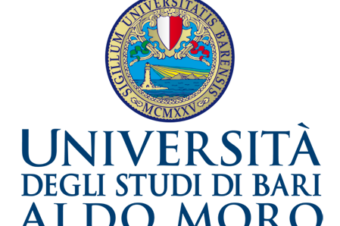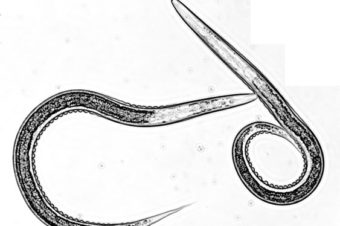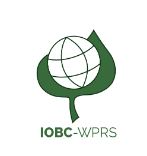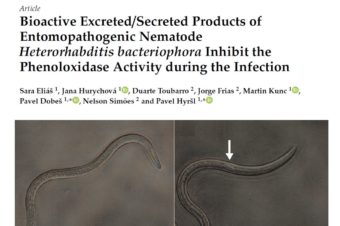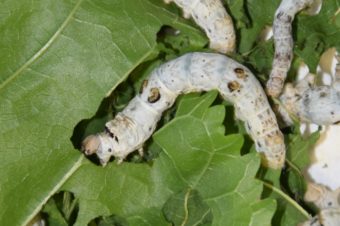It has been known for many years that in temperate climates the European honey bee,
Apis mellifera, exists in the form of two distinct populations within the year, short-living summer bees
and long-living winter bees. However, there is only limited knowledge about the basic biochemical
markers of winter and summer populations as yet. Nevertheless, the distinction between these two
kinds of bees is becoming increasingly important as it can help beekeepers to estimate proportion of
long-living bees in hives and therefore in part predict success of overwintering. To identify markers
of winter generations, we employed the continuous long-term monitoring of a single honey bee
colony for almost two years, which included measurements of physiological and immunological
parameters. The results showed that the total concentration of proteins, the level of vitellogenin,
and the antibacterial activity of haemolymph are the best three of all followed parameters that are
related to honey bee longevity and can therefore be used as its markers.
Similar Posts
Učitelská mobilita na univerzitě v Bari
V rámci učitelské mobility Erasmus+ navštívila Sara Šreibr University of Bari v Itálii, kde přednášela... Read More
Přednáška o entomopatogenních hlísticích
21. 3. 2024 přednášel Pavel Hyršl o entomopatogenních hlísticích na semináři Oddělení parazitologie MU: Interactions... Read More
Konference IOBC
Sara Šreibr, Pavel Dobeš, Janka Ilgová a Pavel Hyršl se zúčastnili konference 19th meeting of... Read More
Bioactive Excreted/Secreted Products of Entomopathogenic Nematode Heterorhabditis bacteriophora Inhibit the Phenoloxidase Activity during the Infection
Insects 2020, 11(6), 353; https://doi.org/10.3390/insects11060353 ABSTRACT: Entomopathogenic nematodes (EPNs) are efficient insect parasites, that are... Read More
Teambuilding
14.5.2025 jsme vyrazili změřit síly na motokárách a následně pěsky do Rajhradu… Read More
